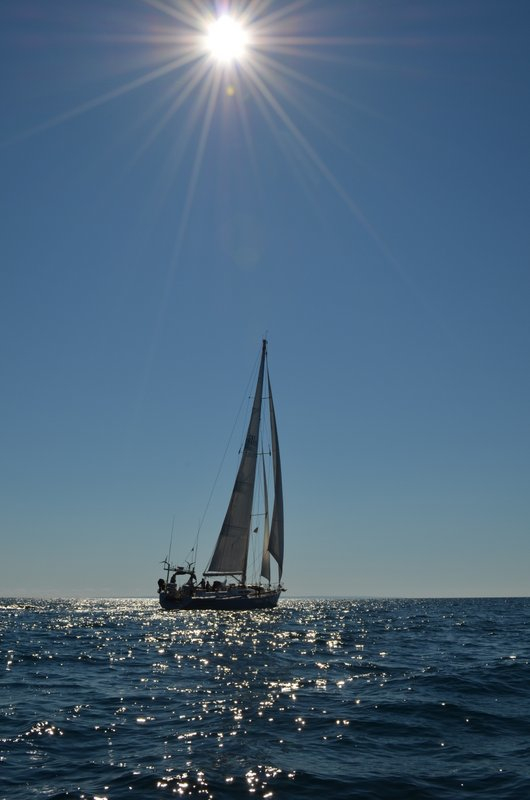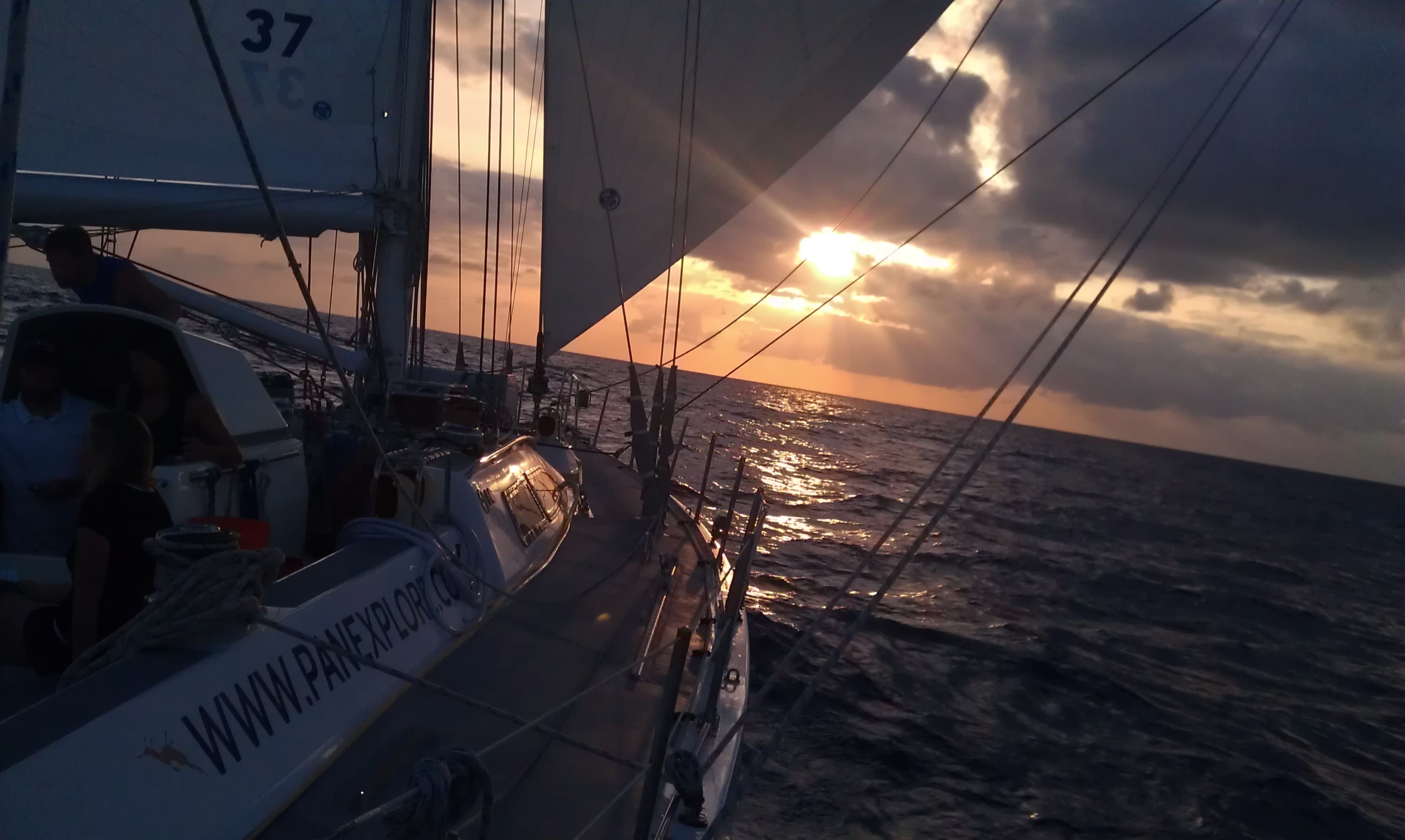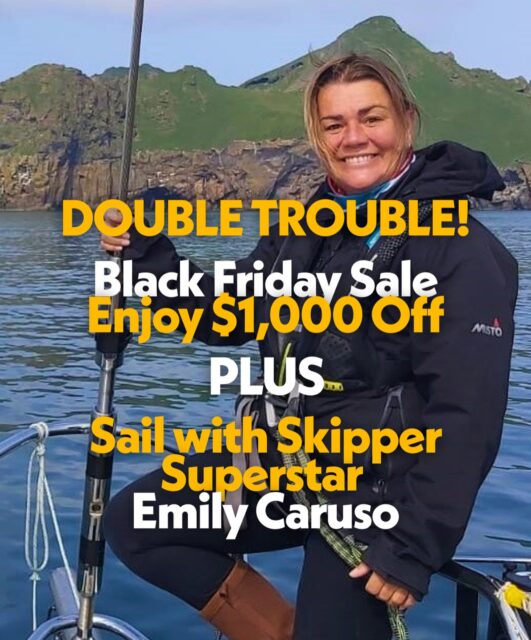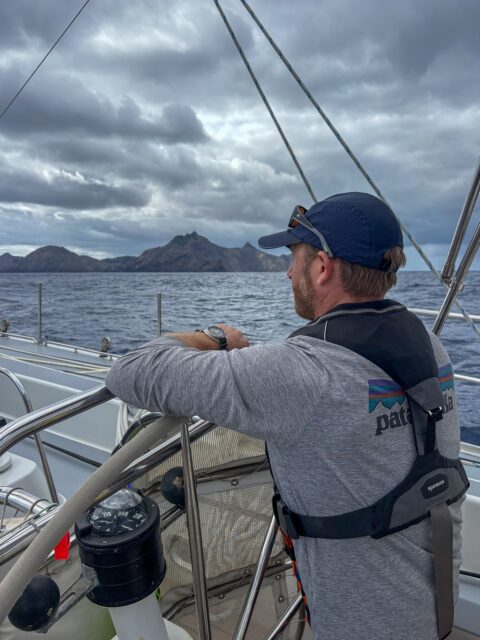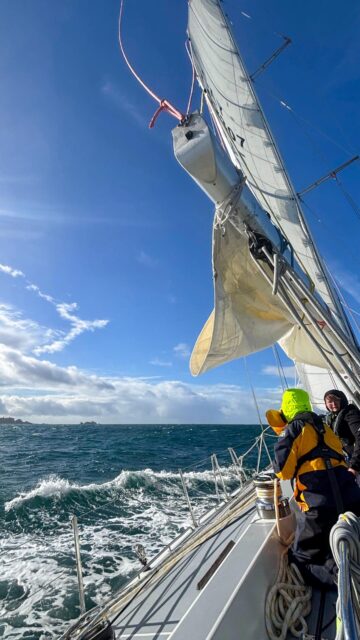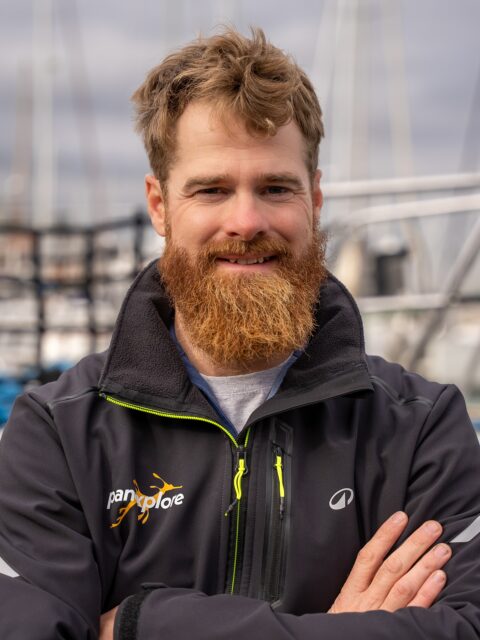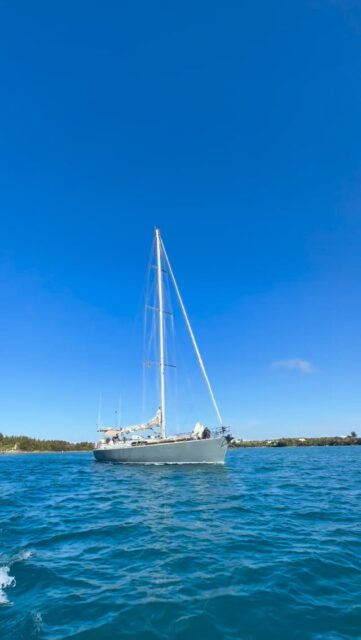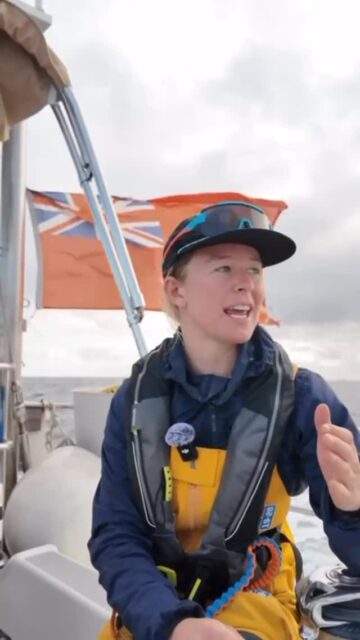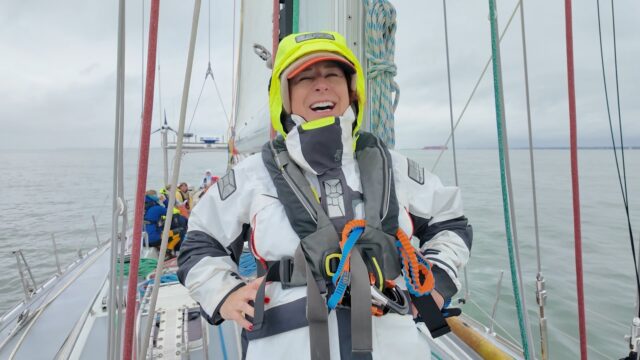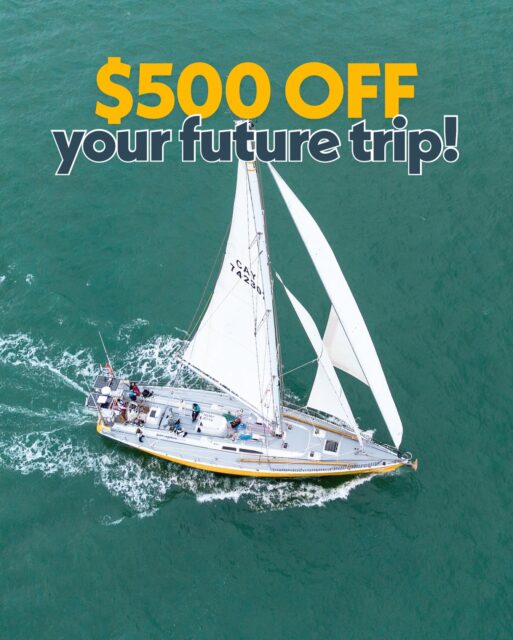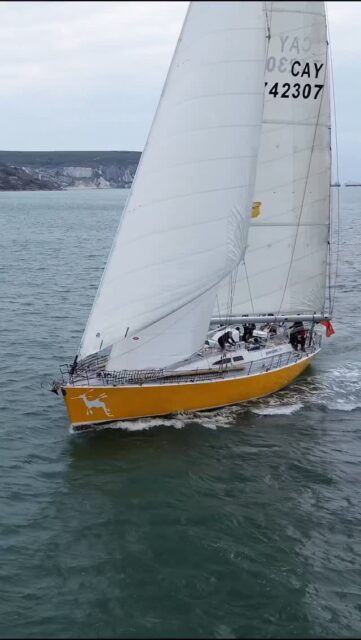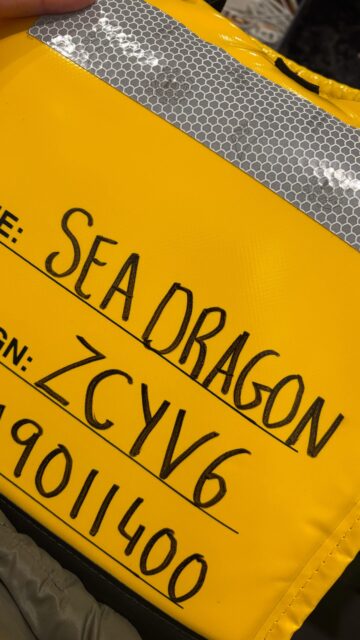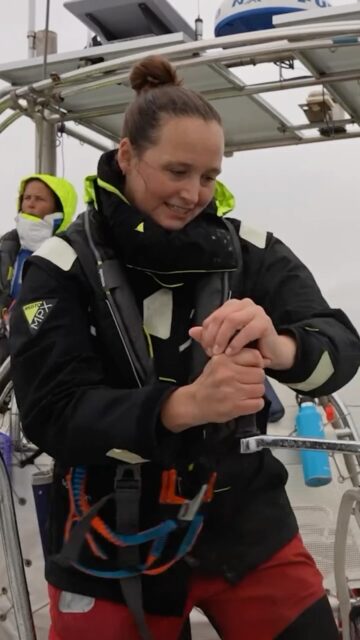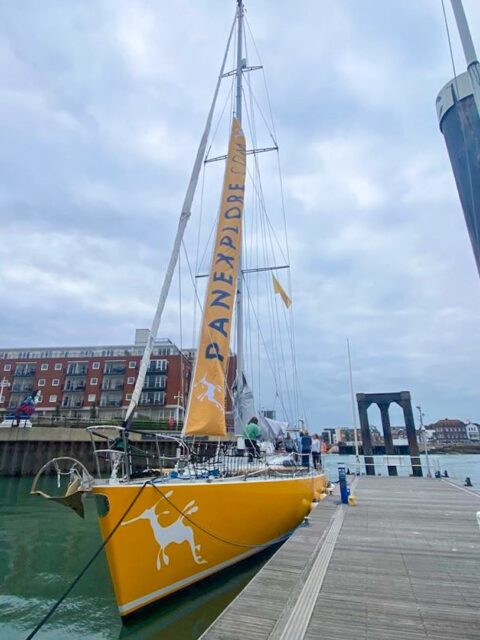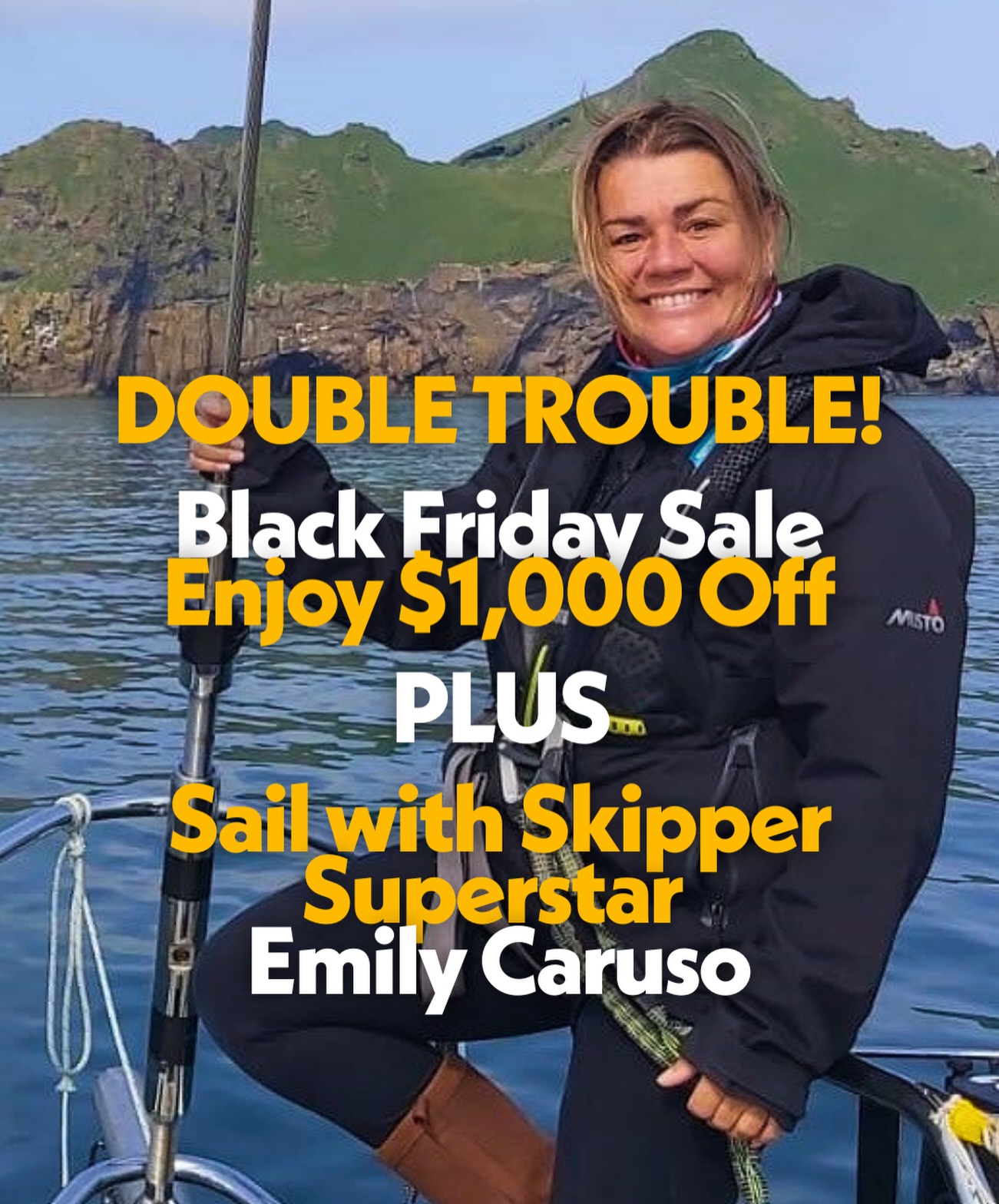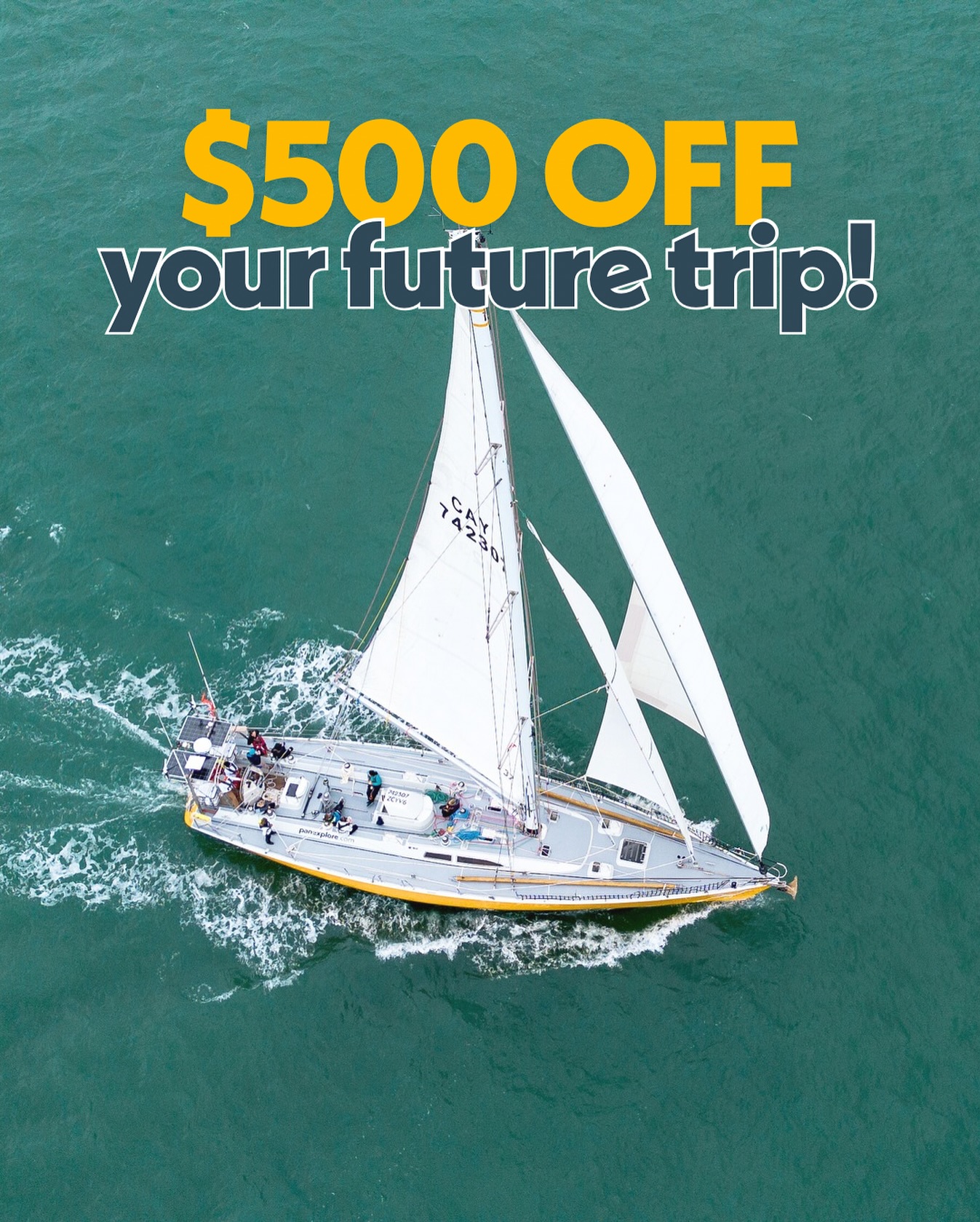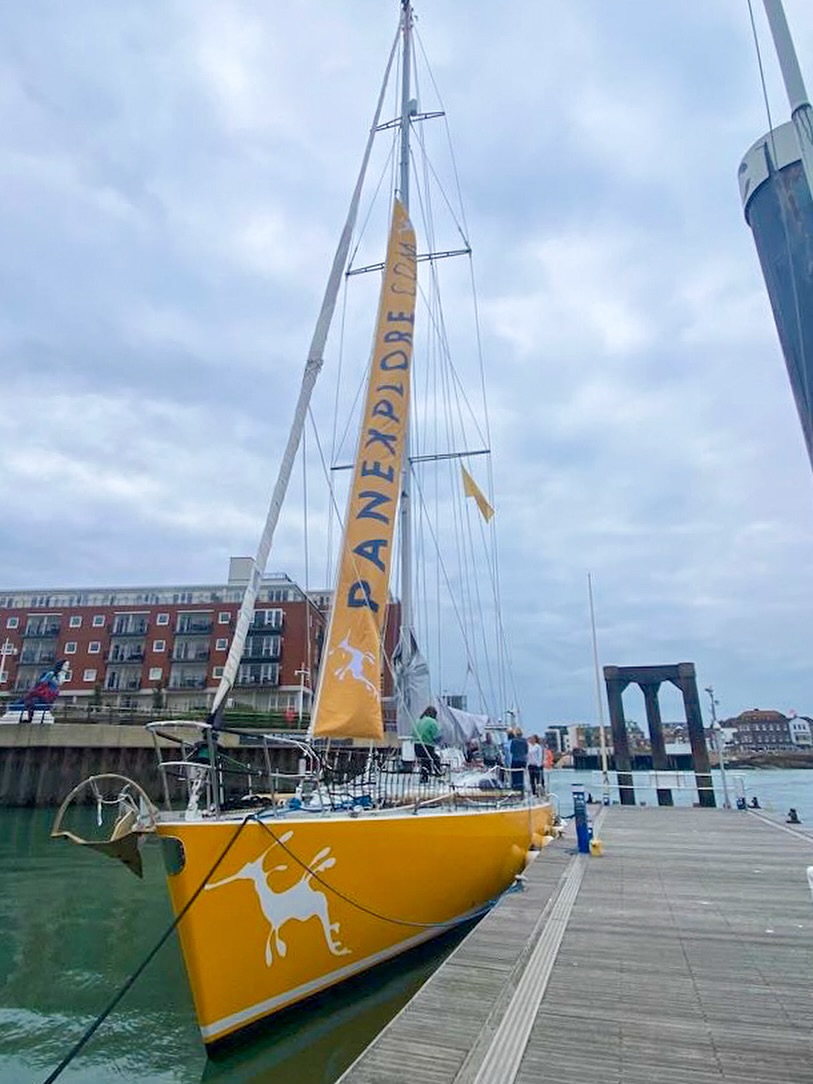Sea Dragon slipped her mooring lines at 1230 this afternoon to start the latest Pangaea expedition, the Gyre to Gaia II, from Horta to Lanzarote in the Canaries. The distance is about 980 miles and should take us about 7 days.
Read MorePost Tagged with: "gyretogaia"
Adios
Lanzarote, on the horizon for hours as a question mark – cloud or land? – came into focus as an extended sprawl of volcanic hills. A fantastically arid landscape, all browns and tans like the dried pelt of a brindled creature, a stark contrast to the lush greens of the Azores. Clusters of white buildings ran in lines like barnacles on a low-tide rock.
Read MoreOcean Friendly Design
According to the UK Design Council, 80% of a product’s environmental impact is ‘locked in’ at the design stage. Take the humble toothbrush. Most of these apparently simple objects are made from three or four different kinds of plastics. For a toothbrush to be recycled, the different plastics would have to be separated, making toothbrush recycling, even were this technically feasible, an immediate non-starter financially. The toothbrush as a whole is a short-lived item, but actually, the only short-lived bit of it is the bristles in the head. The plastics in the handle will probably last upward of 450 years.
Read MorePlankton Poo
Steph, who is normally based at the University of Exeter, talked about the research she’s been doing en route. She’s asking two main questions: 1) where on our route will we find the most plastic and plankton occurring together; 2) can we find ‘real world’ evidence (as opposed to lab-based evidence, which already exists) that plankton ingest plastic? The critical question is the second one, and the method is brilliant.
Read MoreTransitions
That night, by now so used to falling asleep in motion, our berths surging and swaying through the waves, the sudden lack of movement felt unnatural and abrupt, as if someone had slammed on the brakes. These are truly strange transitions, I’m finding, from ocean and motion to stationary land; from the mini-world of our boat, at once small and yet travelling through an immensity of ocean and sky, to the endless-but-limited options of land-life.
Read MoreHorizons
On the early watch, a colourless sun turns the shifting waves to a runway of dynamic molten silver. At dusk, as the light leaches away, the sea turns pewter, then gun-metal grey, the wave surfaces etched and chiselled and constantly in motion. At night, there’s an immensity of stars, silent above the black sea. It’s the biggest space I’ve ever been in. It’s extraordinarily, exhilaratingly, utterly wonderful. And I suspect, as I notice my distinctly mixed reactions to the news that we might reach land tomorrow, addictive.
Read MoreCruising
Highlights of the trip so far have involved dolphins; Steph giving an excellent talk about her research with laptop slides on deck and dolphins arching in the background; and bioluminescent dolphins lighting up a dark night like waterborne fireworks. From our perspective, in many ways so out of our element, that there are creatures so at home in the sea seems amazing. Amazing and, inevitably, bittersweet to watch them leaping and sparkling given what we know about how we are changing their world.
Read MoreOcean Plastic Pollution – and the Gyre to Gaia sailing adventure
I’m leaving tomorrow to travel south to Falmouth and join Pangaea Exploration’s yacht Sea Dragon for a voyage through the North Atlantic Gyre to the Azores and then Lanzarote. We’ll be exploring ocean plastic pollution and wider questions about human nature relations and consumerism. Why do we treat the ocean as a dump? And why do so many of us end up consuming so much more than we need? Above all, we’ll be trying to figure out what solutions to this issue might look like.
Read More